I’m struggling to understand how it is possible at all to revert finality in POS. I’ve been looking around the Ethereum docs and other online resources for a while and this has been surprisingly difficult to get clarity on.
The beacon chain uses a RANDAO mechanism for creating randomness to select a block proposer with probability proportional to the quantity of stake in the validator, a lottery of sorts. Meant to simulate the probability of guessing a sufficiently low hash in PoW.
Conversely in PoW bitcoin, miners win the “lottery” by guessing a number that has a sufficiently small hash value, meaning anybody can fork an old block in the chain by mining off of a prior node and build their own chain. If enough hashpower goes into the fork and the length of that fork becomes longer than the canonical chain it becomes the new canonical chain and the old canonical chain transactions lose their finality and are reverted.
Is such a feat possible in Ethereum POS? The docs mention that reverting finality is technically possible albeit expensive. How could that work? I know block proposers can “equivocate” aka propose two blocks for the same slot which makes a mini fork at the head of the chain, but can you fork and start “working on” an old block? How could the RANDAO mechanism for choosing a proposer work if there is only one validator trying to fork off an old block, wouldn’t they have 100% chance of being chosen in that case?
[link] [comments]

You can get bonuses upto $100 FREE BONUS when you:
💰 Install these recommended apps:
💲 SocialGood - 100% Crypto Back on Everyday Shopping
💲 xPortal - The DeFi For The Next Billion
💲 CryptoTab Browser - Lightweight, fast, and ready to mine!
💰 Register on these recommended exchanges:
🟡 Binance🟡 Bitfinex🟡 Bitmart🟡 Bittrex🟡 Bitget
🟡 CoinEx🟡 Crypto.com🟡 Gate.io🟡 Huobi🟡 Kucoin.

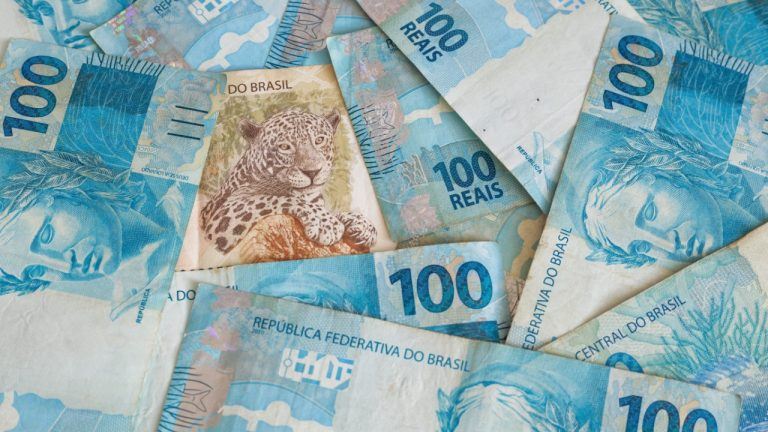




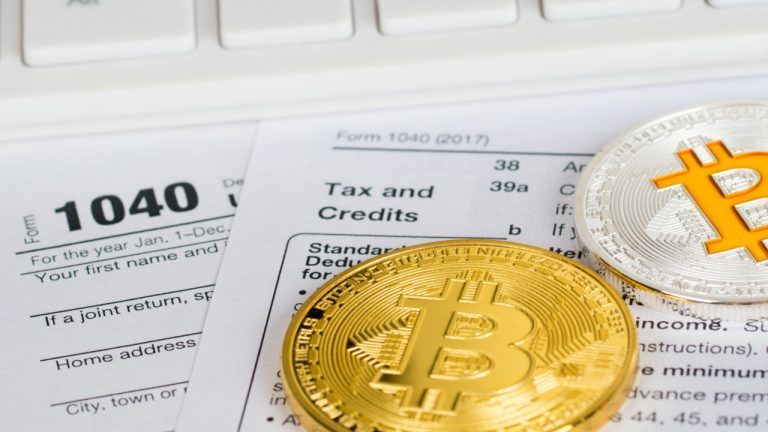
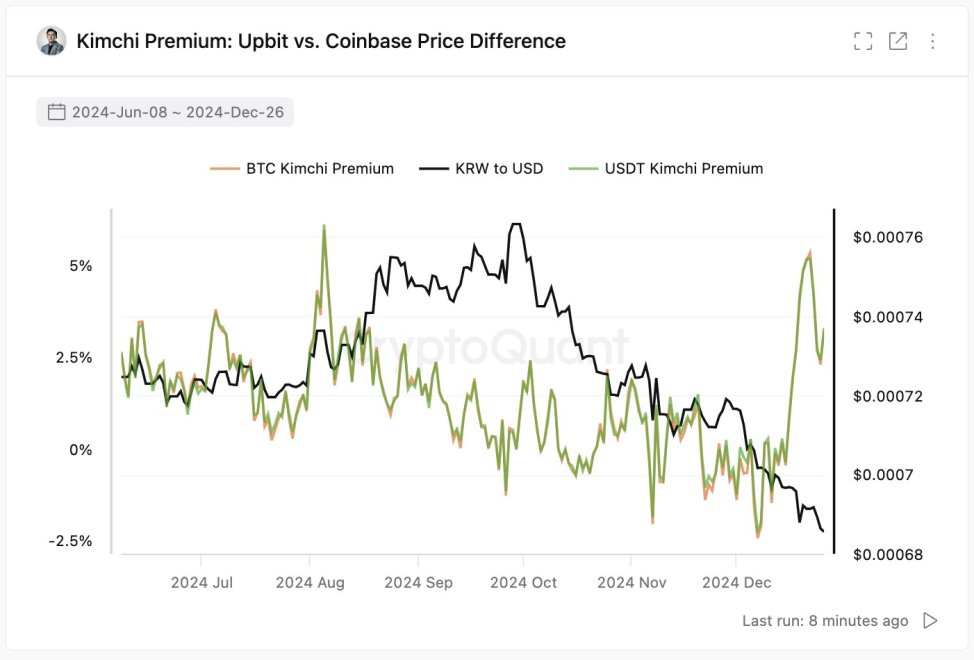

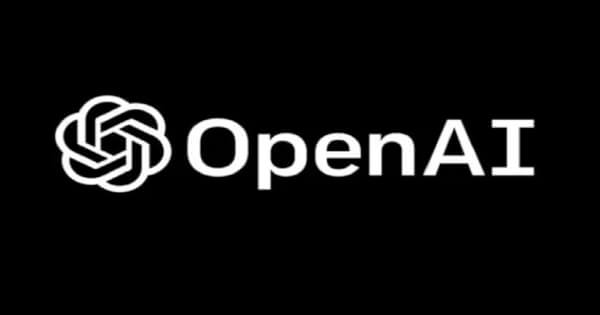


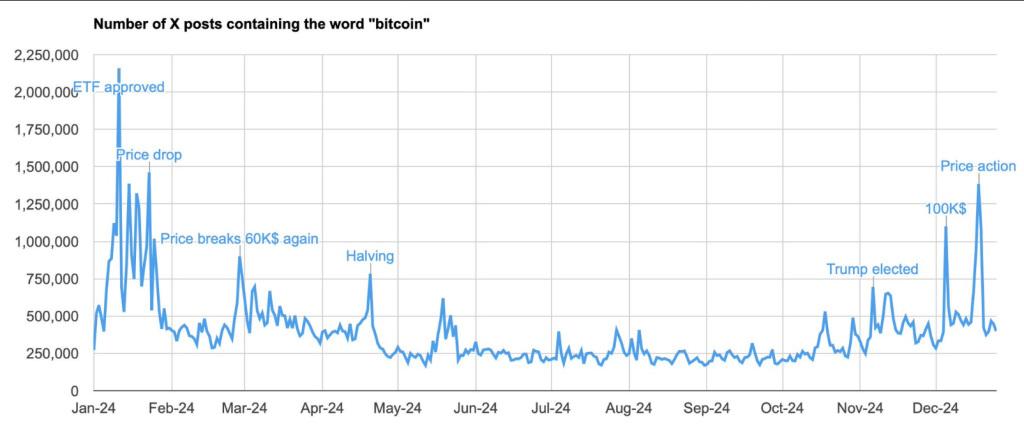


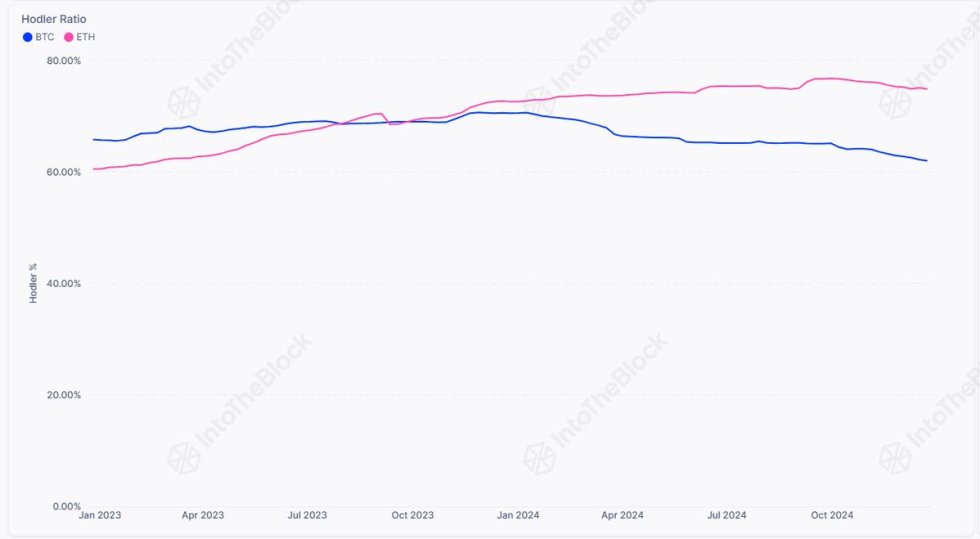




Comments